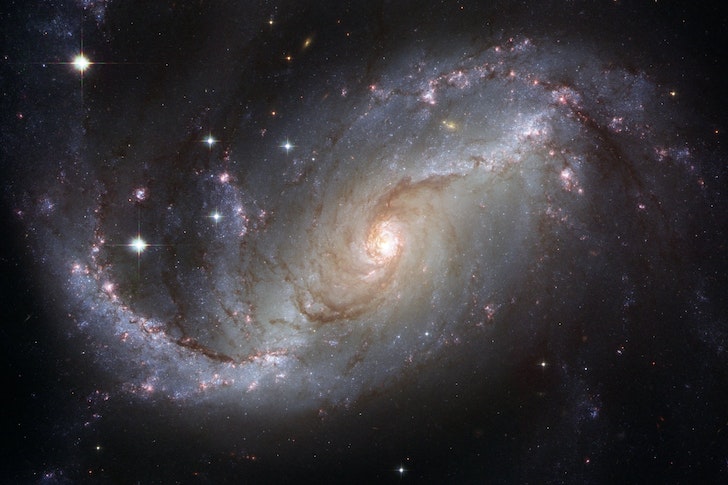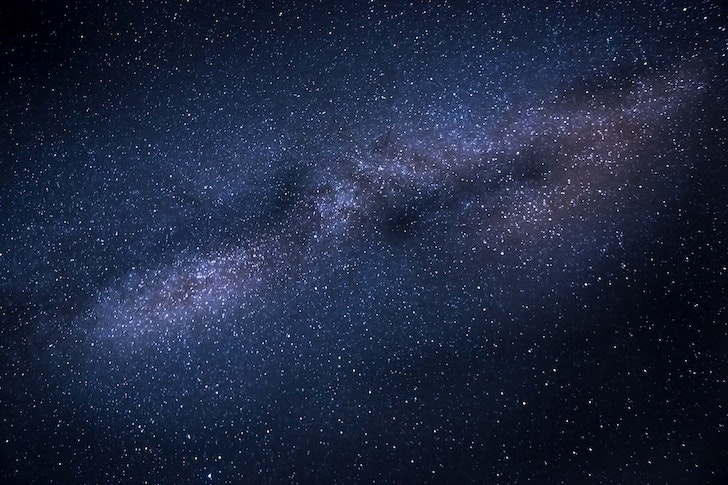Trying to imagine the size of the universe can be a disturbing and not to mention, daunting task; it is also a contradictory one. Our cosmic space is both infinite as well as finite. Infinite because space keeps ballooning in every which way and scientists keep discovering more and more about it, and it is also finite because it hasn’t existed forever.
In terms of cosmic cartography, mapping out the size of all the things within the universe and how big they are is a task that is much more achievable.
The Discovery
Of course, the best place to begin the mapping is nowhere other than our Milky Way galaxy. This week, astronomers at an annual American Astronomical Society Meeting held in Seattle announced that they finally might have defined the farthest frontier of the Milky Way. Basically, they have made an estimation that our cosmic expanse stretches over a million light years from its galactic center, which happens to be nearly half the journey to our neighboring galaxy known as Andromeda.

Christina Morillo/Pexels | A meeting of astronomers was held in Seattle to discuss the new possible discoveries about the galaxy
Stars Gave The Clues
For starters, the territory of the Milky Way galaxy can be seen as three separate sections. First, the iconic spiral arms are there, one of which is known to hold our solar system, these arms are tied to what we know to be the “thin disk” which is pretty much just flecked with stars, moons, and planets.
Second comes an inner halo, which is surrounding the building area of the disk which is located in the center. This area contains some of the galaxy’s oldest stars and extends for multiple thousands of light years in every which way.
Third and lastly, there is the outer halo, this is a shifty area that is known to float around the outer halo and is highly dominated by black matter. The outer halo is what adds up to make most of our galaxy’s mass, making it one of the more difficult areas of cosmic space to study as its outer limits are so far and beyond.

Pixabay/Pexels | To make it easier to understand, they have divided the milky way into three sections
How Did They Do It?
They tracked down and studied what are known to be RR Lyrae stars that are living in the lazy glow of the hazy glow of the halo. The RR Lyrae stars are the stars that pulse in their brightness, they are special stellar bodies that expand and contract on a regular basis, which to astronomers and the Earthy beings, looks like glowing a little harder and then fading away slowly, over and over again. Astronomers believe that this combination of movement is amazing for studying the system as well as the structure of our galaxy.

Pixabay/Pexels | By studying the combinations of the glowing stars, the astronomers made their conclusions
The universe just never fails to put us in awe.

